The China National Nuclear Corporation (CNNC) announced on Thursday the global opening of the next generation artificial sun, "China Circulation-3," after the group's affiliated Southwestern Institute of Physics signed an agreement with the International Thermonuclear Experimental Reactor (ITER). The initiative invites scientists worldwide to come to China and collaborate toward the shared goal of pursuing "artificial sun energy."
The "China Circulation-3" is currently China's most advanced and largest-scale nuclear fusion device, also referred to as China's next generation "artificial sun."
In August this year, it successfully achieved high-constraint operation mode under a plasma current of 1 million amperes, marking a significant advancement in China's magnetic confinement nuclear fusion device, propelling it to the forefront of international research.
Over the years, the Southwestern Institute of Physics has been deeply involved in the development of key components for ITER, the world's largest "artificial sun" project, CNNC said, and together overcame numerous engineering and technical challenges.
This involvement of the Chinese institute has led to the accumulation of extensive experience in the construction, debugging, operation, and maintenance of fusion devices, laying a solid foundation for China to integrate with international advanced technology and eventually construct its own fusion reactor.
Due to the similarity in the principles of the two experiments, the openness of "China Circulation-3" will not only focus on addressing key technical issues of interest to the ITER but will also enhance China's research and development capabilities and foster talent development.
In April this year, the other Chinese "artificial sun," the Experimental Advanced Superconducting Tokamak (EAST), which is also the world's first fully superconducting tokamak device in operation, saw a major breakthrough as it achieved a high power, stable, 403-second steady-state long-pulse high confinement mode plasma operation, setting a new world record for steady-state high confinement mode operation of a tokamak device.
Developer of the EAST, the Institute of Plasma Physics under the Chinese Academy of Sciences, said that they are aiming to use the EAST to generate fusion power before the centenary of the founding of the People's Republic of China, which falls in 2049.



















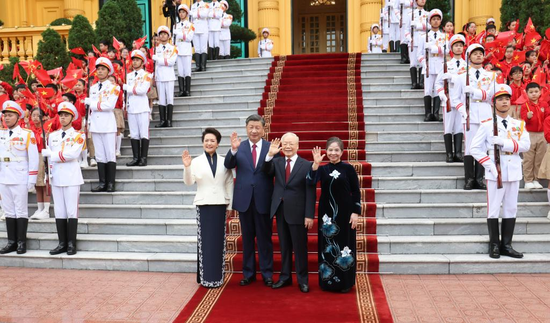



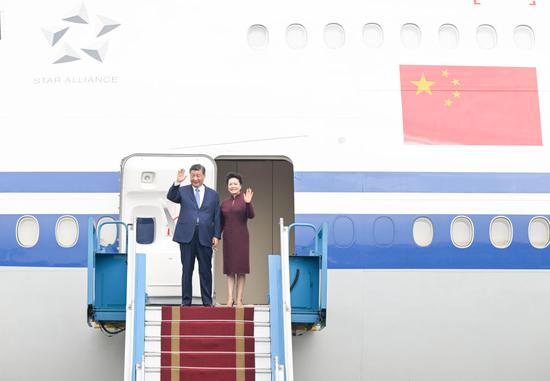

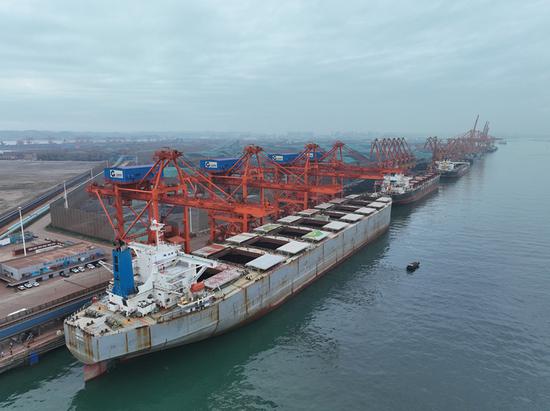

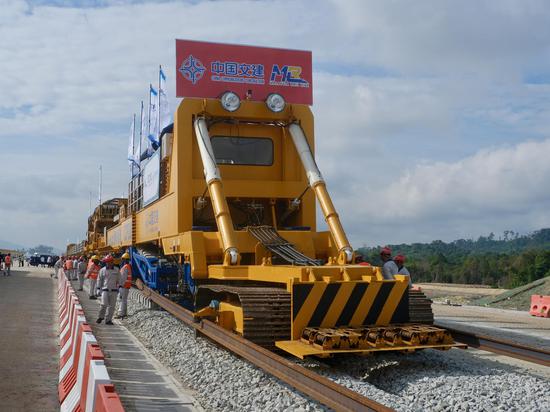


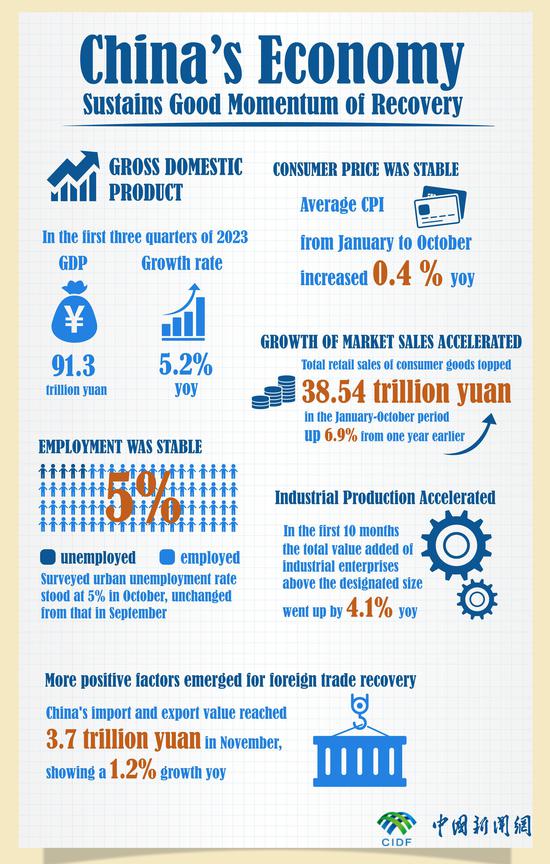

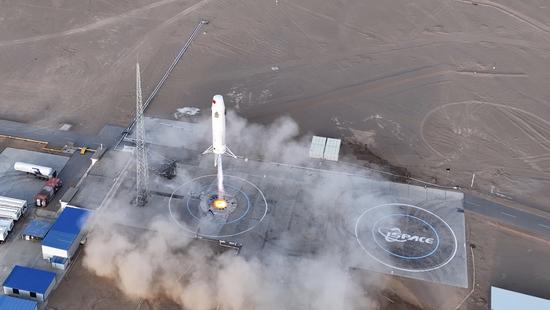



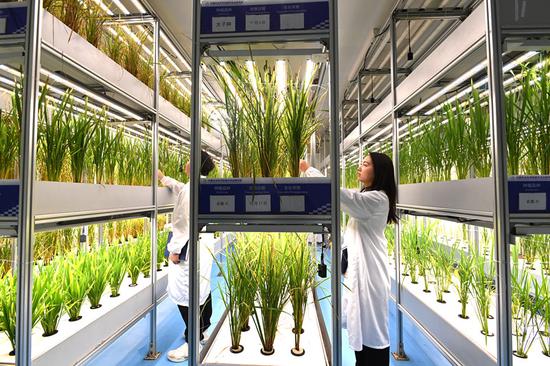











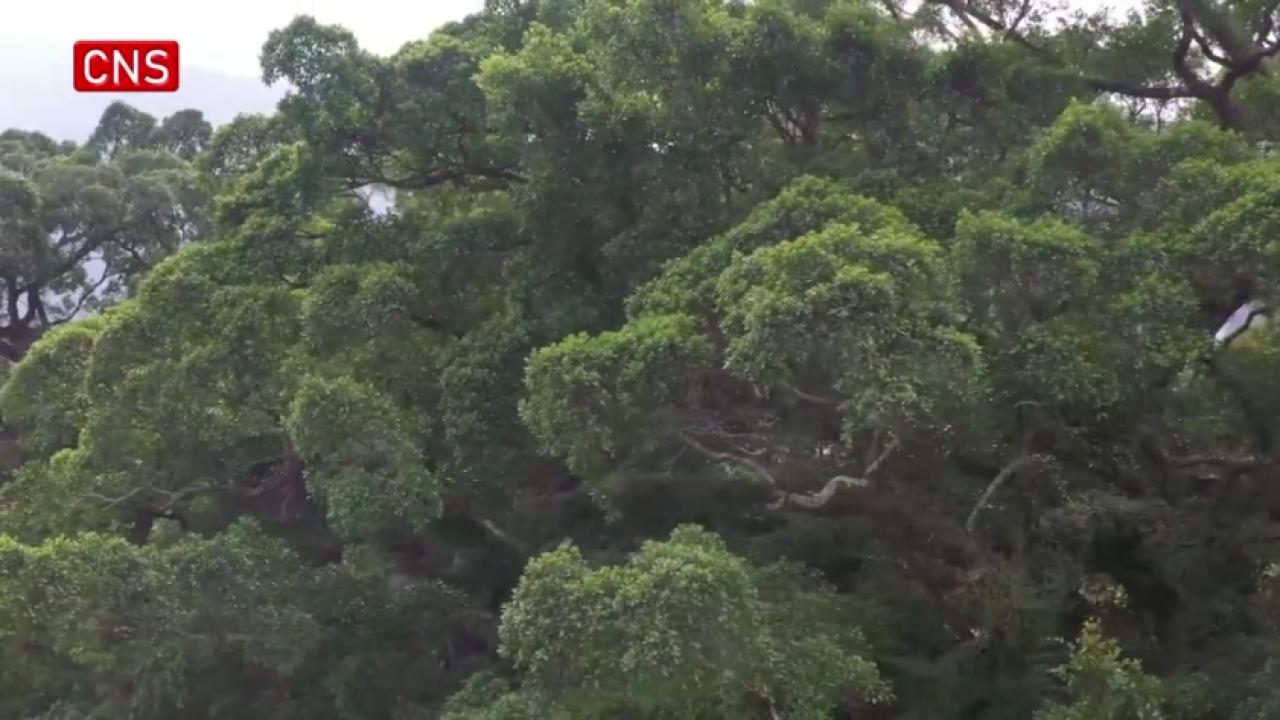

 京公网安备 11010202009201号
京公网安备 11010202009201号